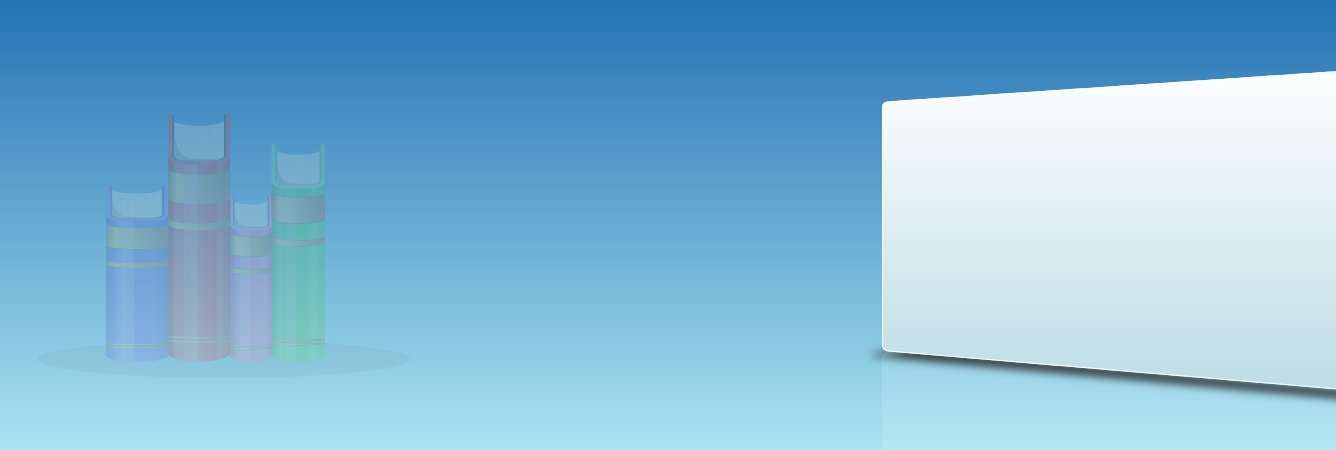
| ✅ Free Demo Class : | Available |
| ✅ Average price : | INR 400/hr |
| ✅ Tutors available : | 2,190,302 |
| ✅ Class format : | Online or Offline classes |
Tuition classes provide several benefits to students. Some of them include:
Competition amongst students is sky-high these days. Besides classroom learning, students often need a new studying style and in-depth explanations from tuition classes to stay on top. Finding the best tuition classes nearby can significantly enhance their learning experience.
To score good marks in the 10th board exam is every student's dream as it is a stepping stone for their future. However, this exam certainly takes a lot of dedication, hard work, and most importantly, skills to perform well. Seeking guidance from the best tuition classes can be wise for students aiming for success.
There are countless tutors who are academically qualified and exceptionally good at providing tuition classes to students. To help you find the tutor who best suits your requirements, UrbanPro has listed some of the best tuition centres near you, featuring reviewed tutors who have been highly rated by many students.
Several factors that tutors consider while setting the tuition fee include hours of lecture per day, current market rate, tutors' experience & qualification, education board, etc. With UrbanPro's tuition fee calculator, you can calculate the estimated fee at your preferred nearby tuition centre.
In the age of competition, tuition classes have become essential for students to stay ahead in the race. They offer additional academic help and attention that a student may lack in school teaching. With tuition, you receive individual attention and proper guidance, giving you the opportunity to explore new learning skills. It also fosters a self-learning attitude that will speed up your learning process and help you grasp complex concepts quickly.
The tuition fee charged by a tutor depends on several factors, such as tutor experience and education. Other aspects include location, the number of subjects, and hours of tuition. For example, a highly experienced tutor in Delhi might charge Rs 4000, while others may charge approximately Rs 1700.
To know the fee in your locality, you can make use of the UrbanPro fee calculator. It will give you an estimated cost for different subjects for home tuition, tutor's location, and online platforms.
Each board has its structure and value, providing several certificates that are accepted in India and globally. However, there are a few differences between State board, CBSE, and ICSE, particularly regarding their approaches to education and grading systems.
Changing boards is possible if you have the following documents:
However, you are not allowed to change the board if you're in classes 10 or 12. This is because you'll have to adapt to a completely different system, which might hamper your studies.
Simran attended Bachelor of Homeopathic Medicine and Surgery, Physiotherapy and Occupational Therapy Tuition
"I had the privilege of learning electrotherapy under the guidance of an exceptional..."
Suman attended Class 10 Tuition
"Outstanding Chemistry Teacher -- Highly Recommended! Ms. Gargee is an exceptional..."
Saad attended Class 8 Tuition
"The teacher has exceptional in-depth knowledge of both Mathematics and Science. Concepts..."
Subham attended Class 12 Tuition
"Excellent teaching methods , all concepts clearly explained . Taught with real-time..."
Mansi attended BCom Tuition
"Very good , got to learn a lot and all my doubts etc for cleared then and there itself. Enjoyed..."
T. attended Class 11 Tuition
"She teaches from easy to hard level. She is a pro teacher good for online coaching. She..."
Madhulika attended Class I-V Tuition
" I wanted to send a quick note to express my sincere gratitude for the way you have..."
Supriya attended Class 9 Tuition
"Sofy first gave a trial session and my son instantly said that he’ll do her online..."